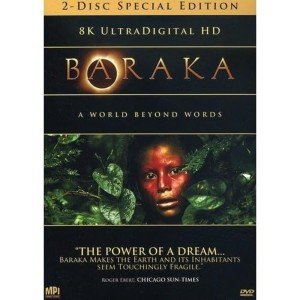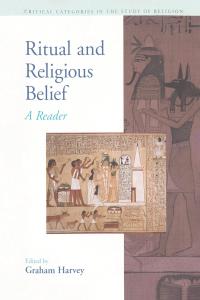Review
Samsara, directed by Ron Fricke, is a visually stunning and thought-provoking film that takes the audience through various cultures and landscapes worldwide. Set to a mesmerizing soundtrack, the film captures our world's beauty, diversity, and interconnectedness.
The primary goal of this review is to analyze its cinematography, storytelling, and overall impact. This review highlights the film's themes of human existence, spirituality, and the cycle of life and death. Additionally, this review examines how the director, Ron Fricke, uses stunning imagery and sound to create a powerful and immersive viewing experience.
Samsara, a Sanskrit word meaning "the continuous cycle of life, death, and rebirth," is a poetic and apt title for this film. Directed by Ron Fricke, known for his work on the critically acclaimed film Baraka, Samsara is a non-narrative documentary that takes the audience on a mesmerizing journey through 25 countries across five continents. The film is a visual feast, with no dialogue or narration, allowing the stunning imagery and captivating soundtrack to speak for themselves.
From the opening shot of a monk creating a sand mandala to the closing scene of a group of dancers in Thailand, Samsara is a mesmerizing and immersive experience. The film's cinematography is breathtaking, with Fricke and his team using time-lapse photography to capture the world in a way that is both familiar and otherworldly. Slow-motion shots add a dreamlike quality to the film, allowing the audience to fully absorb and contemplate the scenes before them.
One of the most striking aspects of Samsara is its ability to tell a story without words. The film relies solely on visuals and music to convey its message, and it does so with great success. The lack of dialogue allows the audience to interpret the images in their own way, making the film a profoundly personal experience for each viewer. This non-verbal storytelling also adds to the film's universal appeal, transcending language barriers and bringing people from different cultures and backgrounds together through the shared experience of watching Samsara.
The film's soundtrack, composed by Michael Stearns, Marcello De Francisci, and Lisa Gerrard, is crucial in creating the film's immersive atmosphere. The haunting and ethereal music perfectly complements the stunning visuals, adding emotional depth and enhancing the film's themes of spirituality and the cycle of life and death. From the traditional chants and tribal rhythms to the modern electronic beats, the soundtrack is a journey in itself, taking the audience through different cultures and musical traditions.
Samsara is more than just a visually stunning film; it is a thought-provoking and impactful commentary on the human experience. Through time-lapse photography, the film captures the passage of time and the cyclical nature of life. The juxtaposition of ancient and modern scenes highlights the continuity and evolution of human existence. The film also delves into the spiritual and cultural practices of different societies, showcasing the beauty and diversity of our world.
The locations featured in Samsara are carefully selected to reflect the film's themes and add depth to its storytelling. From bustling cities to remote natural landscapes, each location tells a story and contributes to the film's overall message. The scenes of mass production and consumption in industrialized countries starkly contrast the simplicity and connection to nature in developing countries. This commentary on the impact of human actions on the environment adds a layer of social and environmental consciousness to the film.
In addition to its technical and artistic merits, Samsara has received critical acclaim and significantly impacted its audiences. The film has been praised for its ability to transcend language and cultural barriers, with many viewers describing it as a meditative and transformative experience. It has also sparked discussions and debates about the themes and messages portrayed in the film, further cementing its place as a thought-provoking piece of cinema.
In conclusion, Samsara is a visually stunning and thought-provoking film that showcases film's power as a storytelling medium. Through its breathtaking imagery, captivating soundtrack, and non-verbal storytelling, the film takes the audience on a journey through different cultures and landscapes, highlighting the interconnectedness and complexity of our world. It is a celebration of the human experience and a reminder of our place in the continuous cycle of life. Samsara is a masterpiece of visual storytelling that will leave a lasting impact on its viewers and solidify its place in the history of cinema.






